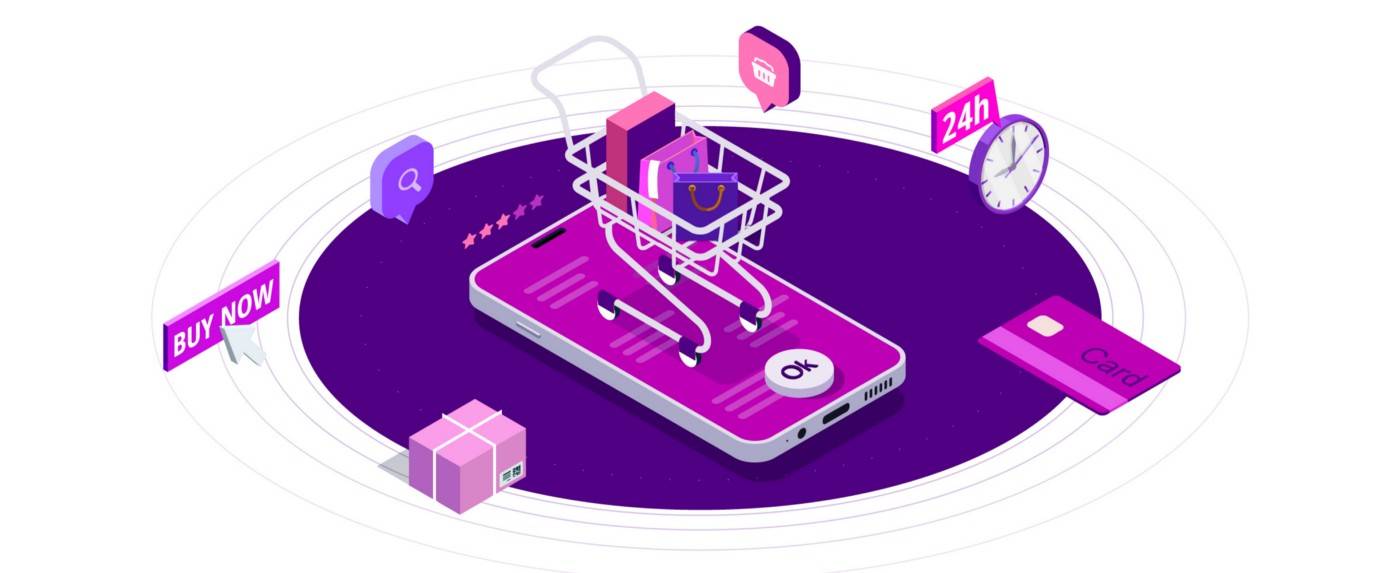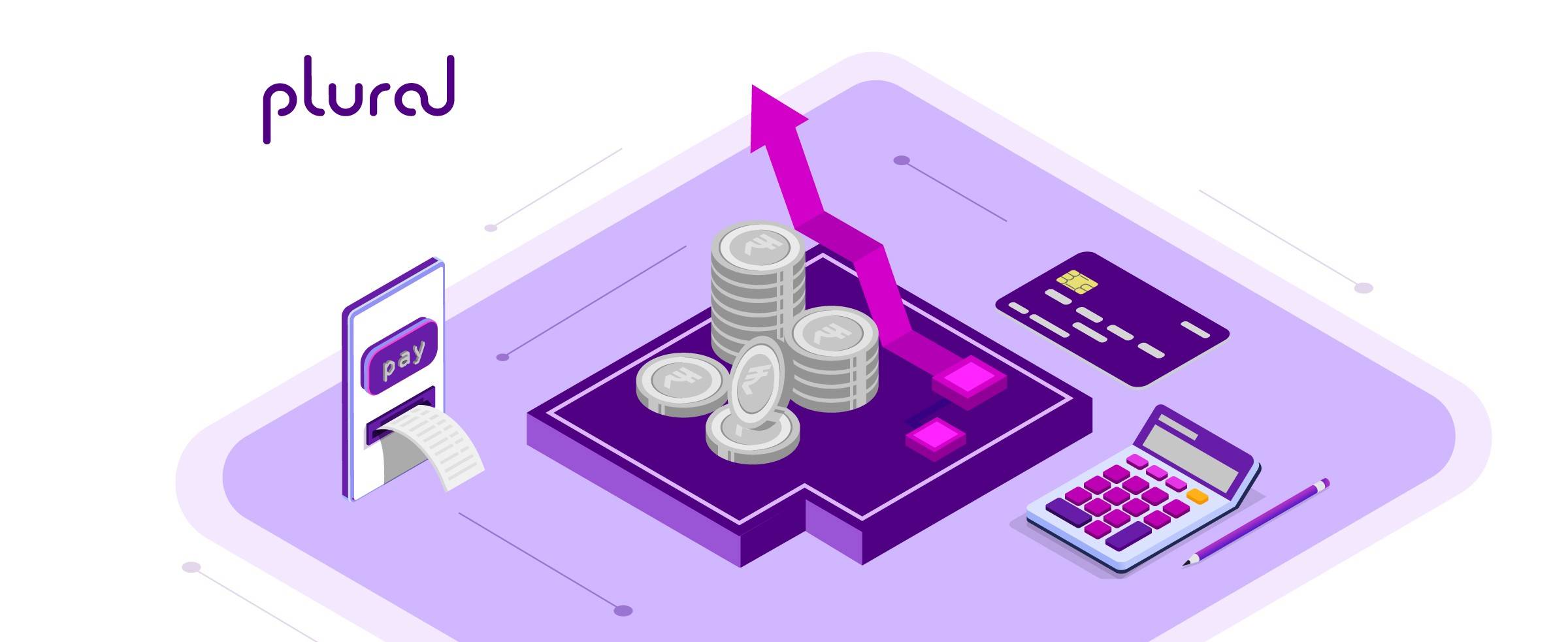Introduction
61% of online shoppers worldwide consider pricing the number one consideration in their purchasing decision. This makes it critical for eCommerce businesses to understand the importance of pricing strategy in optimising their sales especially during the festive season. In 2021, Indians spent over ₹1.25 trillion on Diwali shopping. Local shops on Amazon clocked a 2x spike and sold over 10 products every minute! So, how can businesses leverage the festive season this year?
Getting the pricing right will help you stay ahead of the ever-increasing online competition but for that, you need to understand the nuances of the product, customers, and the market and try out several strategies before deciding on the optimum price for each product.
This guide will walk you through nine eCommerce pricing strategies that will help you boost your sales. You will also find out how and when to use each for maximum conversions.
Pricing strategies to boost your online eCommerce sales
1. Value-based pricing strategy
A value-based pricing strategy allows you to set a price based on the customer’s perception of your brand. In other words, you price your products based on how much the customers are willing to pay, irrespective of the cost. Consider Apple iPhones, for example, where customers are willing to pay higher for the perceived brand reputation.
This strategy typically results in higher profit markups. However, knowing your customers’ value perception requires extensive research and analysis. Plus, you must give utmost importance to the quality of your products if you don’t want the perception to fall and affect your sales. This pricing strategy works best for high-end or luxury items. You can use it for your best products.
2. Loss-leader pricing strategy
Loss-leaders are ridiculously discounted items that store owners use as bait to lure customers into the store. Once in, they entice customers to buy other ancillary items at regular prices. A classic example of this is big retailers attracting shoppers with Black Friday products and then upselling product lines that are not discounted.
This strategy effectively attracts new customers and boosts the number of transactions. Using it once in a while will help you clear old stocks while increasing overall customer expenditure. Plus, it provides an excellent opportunity for upselling and cross-selling.
3. Discount pricing strategy with the Affordability Suite
Discount pricing is probably the one strategy you see everywhere. Retail outlets often offer several types of discounts to their customers, such as quantity discounts, cash discounts, loyalty discounts, item discounts, etc. They are a great way to quickly attract customers, jump-start sales, and foster customer loyalty.
If you want to make payments more affordable for your customers and boost sales, adopt Plural’s Affordability Suite. Plural’s Affordability Suite comprises of various payment options available in the market for businesses to be able to make products/services affordable to customers. These include payment methods like EMI, Pay Later, and offers such as No-Cost EMI and discounts and cashbacks.

These options make it attractive for your customers, boosting their average order value and your revenue. In a competitive eCommerce landscape, simplifying payment by offering affordable payment options is a surefire way to stay ahead of the game.
4. Dynamic pricing strategy
In a dynamic pricing strategy, prices are continually tweaked based on changes in market demand or competitor pricing. This pricing strategy is common in the hospitality and tourism industry. For instance, think of airlines hiking prices when there is high demand for a particular flight. This flexible pricing strategy allows companies to have the right price for the right product at the right time, thus maximising conversions and profit.
5. Bundle pricing strategy
This is a strategy where retailers sell complementary items in a bundle as one package. The benefit of this is that the bundle costs lower for customers than buying individual items. Examples include pairing gadgets with accessories, value meal deals at restaurants, beauty kits, etc. Bundle pricing helps increase sales by providing consumers with the convenience of a bundle and the benefit of a bargain.
6. Anchor pricing strategy
You may have seen online retailers set a visible initial price for a product to show that they are now being sold at a cheaper rate. This is called anchor pricing. This strategy works by giving customers a frame of reference for valuing products and helping them visualise the great deal they are getting. It psychologically triggers them into buying the product, as no one likes to miss a good deal.
7. Penetration pricing strategy
If you’re launching a new product in an already competitive marketplace, penetration pricing may be your ideal pricing strategy. This strategy seeks to gain market share by initially keeping the prices lower than competitors. However, gaining market dominance initially may come at the cost of a lower profit margin. Once you’ve penetrated the market, you can gradually hike prices.
8. Price skimming
Price skimming is commonly used by tech giants, where they initially charge the highest possible price for a new innovative product that is one of a kind. The goal is to drive as much revenue as possible before competition seeps in. Once other brands come up with similar products at lower costs, you’ll also have to lower your prices to stay relevant in the market.
9. Psychological pricing strategy
Are you more inclined to buy products priced at ₹99 than ₹100? This is the charm of psychological pricing. In his book Priceless, William Poundstone noted a study where prices ending in ‘9’ increased sales by 24% compared to their nearest ‘rounded’ price points. This is because our brains suffer from a left-digit bias that subconsciously associates ₹199 with ₹100 instead of ₹200.
This pricing works best for non-luxury products where you want to convey a deal to your customers. Plus, you can easily layer this strategy over other pricing strategies, such as discount or penetration pricing, to boost their effectiveness.
Get your pricing strategies right
Each of the above pricing strategies has its pros and cons. So you’ll have to carefully analyse which strategy best fits your product and customers. Sometimes, you may even benefit from combining different strategies, such as bundle and psychological pricing. So, this festive season, start experimenting with these pricing strategies to see which triggers your sales the most.
In addition, make a point to offer your customers more payment modes and choices through the Plural Affordability Suite to scale up your sales. To learn more about the Affordability Suite, write to us at pgsupport@pinelabs.com.

Amrita Konaiagari is a Marketing Manager at Plural by Pine Labs and Editor of the Plural blog. She has over 10 years of marketing experience across Media & Tech industries and holds a Master’s degree in Communication and Journalism. She has a passion for home décor and is most definitely a dog person.



